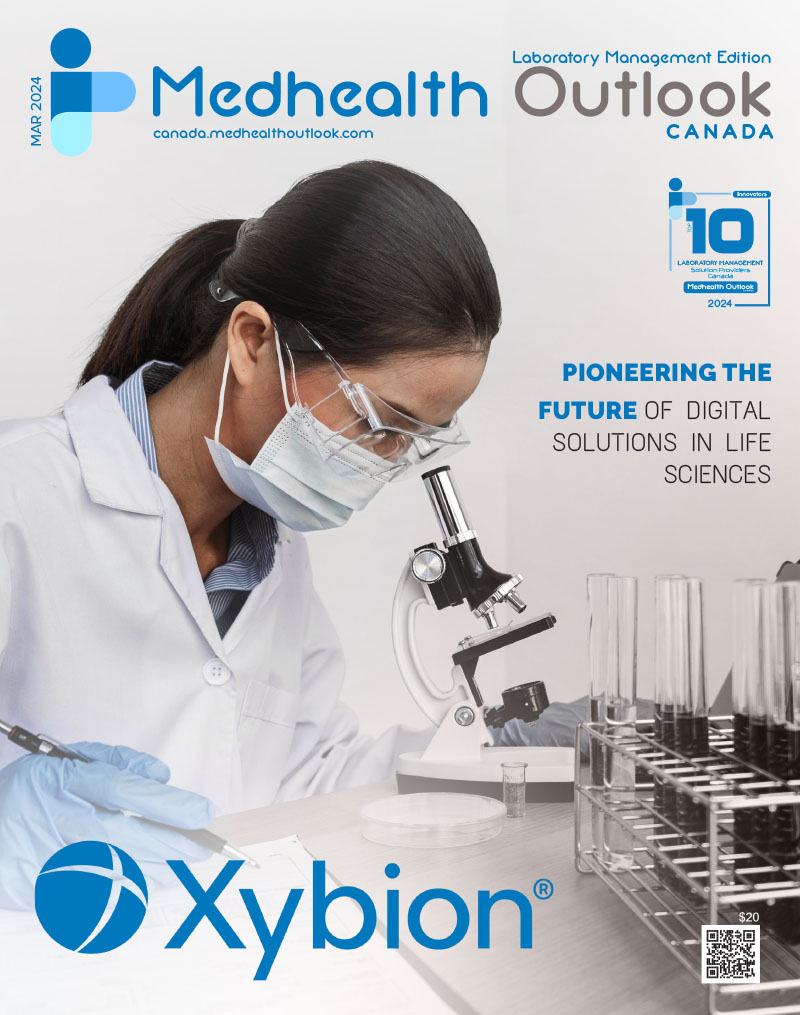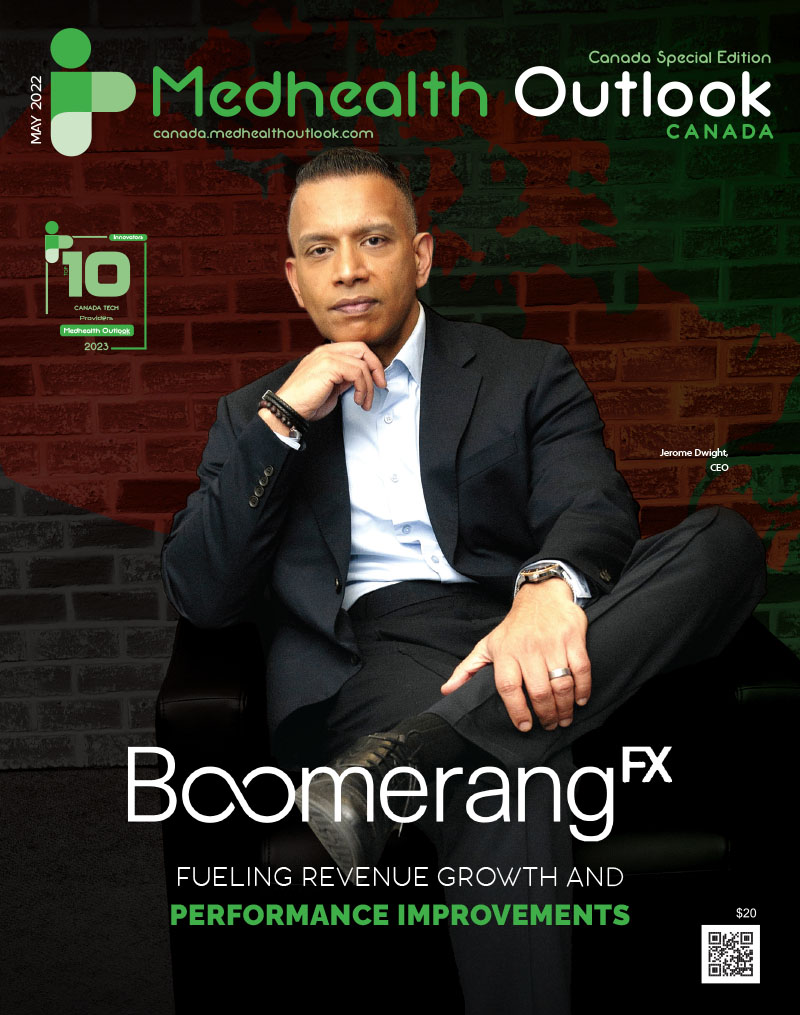Isansys - Clinical Artificial Intelligence in Healthcare
Patient monitoring has undergone major innovation. These technological developments in vital sign monitors include data streaming, touch displays, and MRI machine compatibility. Technologies are improving regarding remote monitoring solution efficiency, effectiveness, and safety. Platforms for telehealth and remote monitoring will be easier to design as wireless data transmission networks get better and are more widely available. Using an innovative, affordable, and scalable platform, Isansys Lifecare offers a new generation of healthcare providers that offer patient surveillance and monitoring services.
They collaborate with eminent healthcare providers and organizations who work in a variety of healthcare settings and are looking to implement innovative patient monitoring techniques and technology to enhance patient outcomes and cut expenses. The clinical system known as “Vitals as a Service” by Isansys offers continuous real-time data for automated patient surveillance, early warning scores, tracking, trigger indications, and adverse event prediction. The LifeTouch-based system provides the option for continuous patient surveillance regardless of whether they are in a hospital, other care facilities, or at home because of its low cost and highly scalable design. For the first time, healthcare providers may significantly save on expenses associated with needless patient deterioration, medical mistakes, readmissions to intensive care units, and hospitalizations in addition to improving patient safety and clinical results.
The Patient Status Engine (PSE), is a remote patient monitoring technology that combines wearable sensors, wireless connection, predictive AI analytics, dashboards, and monitoring for hospital, home, and community settings.is a brand-new kind of medical equipment that is a continuously evolving, future-proof digital platform and it’s the only system that currently and in the future will offer healthcare professionals the infrastructure needed for universal patient data collection and analysis. It has been the objective for more than ten years to establish a healthcare environment that is resistant to both present and future problems by implementing a sophisticated digital clinical infrastructure.
Knowing the patient’s physiological condition is one of the most fundamental aspects of healthcare that the PSE automates. The system leverages this information to create accurate and practical digital patient models, enabling the early diagnosis of deterioration and enhancing treatment, clinical performance, and patient safety. Wearable technology allows patients to take charge of their health data in real time. A verified and clinically tested wireless medical device, the Lifetouch intelligent wearable biosensor has already been used to gather more than 150,000 hours of data from patients in acute care settings. To guarantee simplicity of use, dependable functioning, and smooth integration into nursing workflows has been created in collaboration with a variety of clinical teams, notably nurses.
This highly advanced technology constantly captures and analyzes the ECG signal in the sensor itself to extract the characteristics of clinical relevance due to its lightweight design and ultra-low power operation. The Lifetouch generates the data from which heart rate, respiration rate, and HRV are computed while also providing real-time ECG streaming capabilities. It can run continuously for 4 to 5 days. A three-axis accelerometer is also a part of the apparatus, which includes data on the mobility, activity, and orientation of the patient. The Lifetouch sensor was developed for pediatric use with the help of a £100,000 Smart award in 2013.
Keith is the CEO and co-founder of Isansys and is a strong advocate of digital and data-driven methods in healthcare. The Isansys Patient Status Engine (PSE) was used by NASA to figure out how to effectively track the vital signs of upcoming space travelers. Teams gathered information under harsh conditions on Earth to determine the best methods for keeping track of their physiology, which is essential for preparing people to travel beyond Low Earth Orbit, to the Moon, and eventually to Mars.
The PSE, a Class II a CE-marked and Class II FDA medical equipment, was used on a trip to monitor potential explorers’ vital signs in Antarctica while simultaneously transmitting live ECG data to colleagues in Oxford, UK, and Columbus, OH. The PSE was also employed in the NEPTUNE mission in the Florida Keys, US—the first-ever multinational underwater expedition—where it was utilized to monitor the crew members’ vital signs while they were submerged two feet beneath the surface.
‘‘We want to do that ourselves. We think we are sitting on a huge multi-billion-dollar business. We want to become a fantastic, UK-based, high-tech healthcare business.’’ Keith added.





